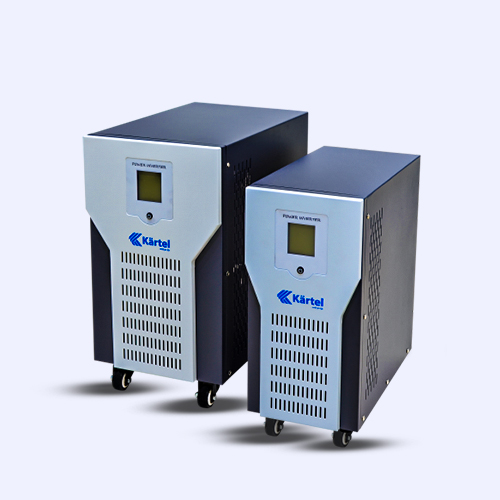
After purchasing an inverter, you must perform inverter and battery maintenance to ensure that the device is operational. If you’re wondering how to maintain an inverter, here are some pointers to consider.
Tips for Inverter Maintenance
1. Check Battery Health When Fully Charged
You can skip this step if you don’t know how to check the health of an inverter battery. However, if you are performing an inverter battery maintenance check, you must do so when the battery is fully charged. Before examining the health, ensure that the battery has been connected for at least 10-15 hours to charge and that the inverter has been removed from the front panel as well as the wall socket.
2. Always keep the battery in a well-ventilated area.
Inverter batteries produce a lot of power, but they also generate heat when they are charged or used. It is best to keep these inverter batteries in an open/airy location so that heat can easily dissipate from the device.
3. Keep the inverter away from any open flames or smoke.
It is recommended that these inverter batteries be kept in a secure location, away from fire or smoke. This could damage the batteries, resulting in unnecessary sparks and safety hazards.
4. Battery Terminal Cleaning
It is critical to keep the inverters clean because dust and other particles can accumulate in the inverter and battery terminals. To keep the inverter surface dust-free, wipe it down with a dry cloth. However, battery terminals should be cleaned with a toothbrush and a solution of hot water and baking soda. Cleaning the battery terminals properly and regularly will keep the inverter free of rust and corrosion.
5. Use Energy-Saving Devices
Using power-saving appliances and gadgets during power outages can help extend the life of the inverter. These power-saving devices can include CFLs, LED lights, and so on. It can reduce power consumption by a significant amount.
6. Check the acid level regularly.
The acid is one of the two most important components in a lead-acid battery, along with the lead. The float indicators in the inverter depict the acid level inside it, and the acid level must remain constant in all cells for the inverter to function properly. Fill any float indicator with distilled water if the level is low. Make sure you don’t overfill the indicator with acid as well. The color of the acid also indicates the health of the inverter; if your acid comes out colorless after opening the vent, the inverter is in good working order. However, if the result is brown or black, the battery may be contaminated or nearing the end of its life.
7. Make regular use of the inverter.
To keep the charge, the inverter should be used regularly. It is recommended that the inverter battery be discharged at least once a month. Even if there is no power outage for a month, try to use the appliances on the inverter battery and completely discharge it.
8. Maintain the Wire’s Health
While the battery is the most important component of the inverter, you should not overlook the wiring. Crimped, broken, or damaged wire can not only reduce inverter efficiency but also cause accidents such as short circuits and fires. Inspect and maintain wire health regularly.
Overall, inverter maintenance is a critical component of the device’s lifecycle. While it may be a device in the home whose sole purpose is to keep some appliances running during a power outage, it does require maintenance from time to time to perform at its best. As a result, to get the most out of your inverter, follow the maintenance tips listed above.
